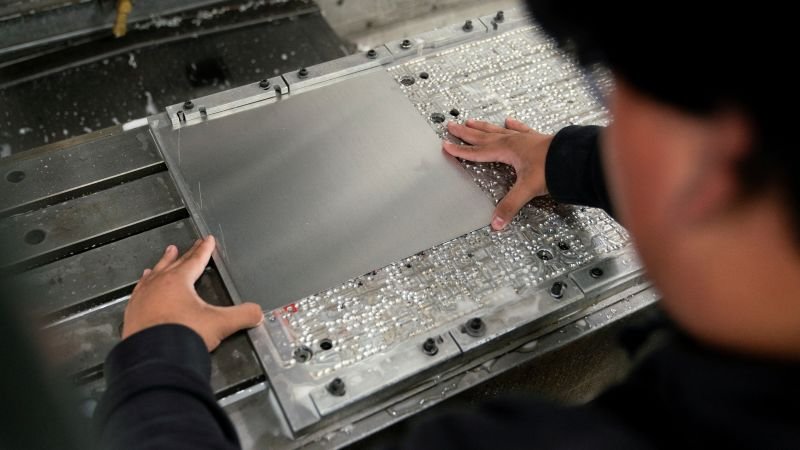In September, inflation for US producers slowed, with the Producer Price Index (PPI) rising 1.8% for the year, a slight decrease from the previous month. The increase was higher than economists’ expectations, but still lower than the previous estimate. Prices remained flat for the month, with falling energy prices offsetting a jump in food prices. Excluding volatile categories, core PPI rose 2.8% annually and 0.2% monthly.
The PPI is an important indicator as it can signal potential price increases for consumers in the future. The slight acceleration in core PPI was anticipated due to unfavorable “base effects” and strong demand. Despite this, the overall inflation outlook remains positive, with expectations that inflation will continue to cool. The Federal Reserve seems confident it will reach its 2% mandate, with two more quarter-point cuts still on the table for the year.
Inflation in the US has slowed considerably since the summer of 2022, with prices rising at a more desirable pace. The Federal Reserve has shifted its focus from tackling inflation to maintaining a healthy job market. However, uncertainties remain due to factors such as a stronger-than-expected jobs report in September and the potential impact of recent hurricanes and geopolitical tensions.
The data suggests that inflation will likely remain stable or slightly reaccelerate until temporary disruptions caused by hurricanes and supply chain issues are resolved. This could lead to potential distortions in the data until these issues are mitigated. It is important to consider these factors when interpreting inflation data and projections for the remainder of the year.
Overall, the latest data indicates a positive trend in inflation, with prices increasing at a more moderate pace. This has allowed the Federal Reserve to focus on supporting the job market while keeping inflation in check. The decision to cut interest rates earlier in the year was influenced by the inflation trend, with the potential for additional cuts still on the table. It will be important to monitor how external factors impact inflation moving forward.
Despite potential challenges and uncertainties, the overall outlook for inflation in the US appears favorable. The recent data suggests that inflation is cooling, creating a more stable economic environment. As the Federal Reserve continues to monitor inflation trends and make decisions about interest rates, it will be important to consider the broader economic context and external factors that could influence inflation in the coming months.











